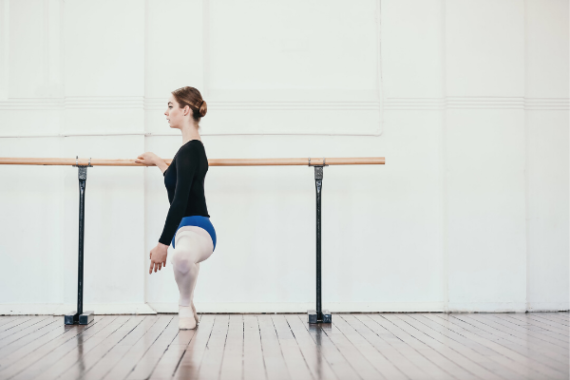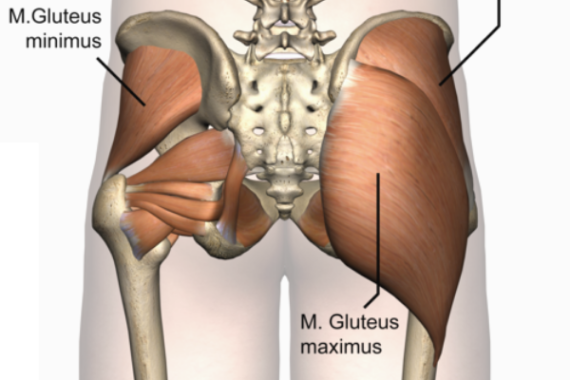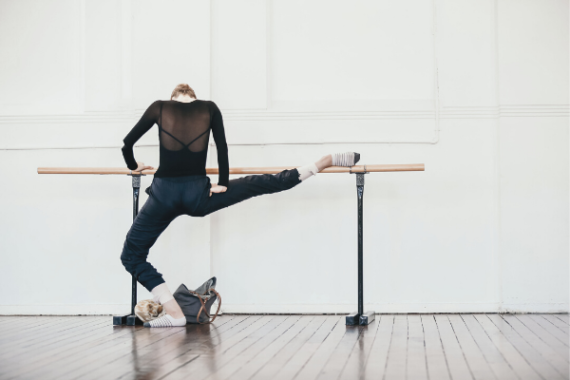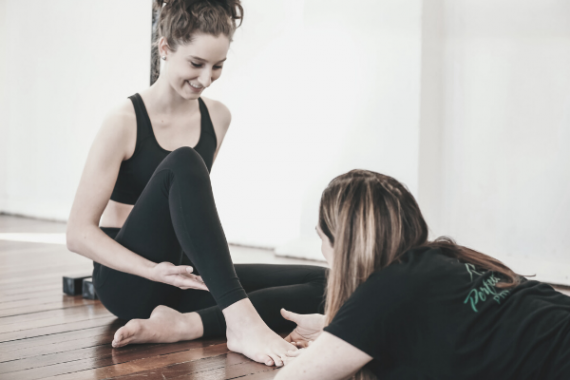- Free Articles
- Shop
- Workshops
- The Dance Educator Series
- L1 – The Fundamentals
- L2 – Pointe Intensive
- L2 – Flexibility Intensive
- L2 – Training Turnout in Tiny Dancers
- L3 – Foot & Ankle Injuries in Dancers – NEW
- L3 – Hip Injuries in Dancers
- L3 – How to Train Extreme Mobility Safely
- Upcoming Workshops
- Workshop FAQ’s
- Workshop Testimonials
- Host Application Form
- Dance Teacher & Health Professional Directory
- Members Areas
- Cart
- My Account
How to Treat a Dance Injury
Everyone's had one of those moments where you come down on your foot wrong in class or worse yet, you're doing something completely unrelated to dance and you go over on your ankle and you know that something is really wrong.
There are some things that you can do right at the point of injury that can make a massive difference in how long it takes for you to get back into class.
1. Breathe
Often when you tumble to the ground and you're in pain or you've got the shock of falling, this will increase your heart rate. As your heart rate increases, this can increase swelling and bruising and we want to minimise this as much as possible. You may think that there is nothing you can do to stop the immediate reaction to get upset, but there is! With practice, you can learn to center yourself a whole lot more effectively when something like this happens.
The first thing you should do if you have an injury is to close your eyes. Take away everything else around you as often this can make you more worked up. Focus on your heart and your breathing rate and see if you can will both of them slow down. It's a good idea to practice this at home at other times as this will then come more naturally when you do actually have an injury.
2. Don't be a hero
Usually, the first thing that you want to do when you fall over with an injury is to get back up and keep on dancing. The reason why I don't want you to do this is when you've just had a fall and possibly gone into shock, you'll have higher levels of adrenaline in your system. Adrenaline is a chemical that we have evolved to use in stressful situations that allows us to keep on going. However, if you continue to keep dancing on an unstable ankle or knee you're much more likely to re-injure that area or make the injury worse. It's important to stop, calm yourself and make sure that everything is ok before coming back into class if it's safe to do so.
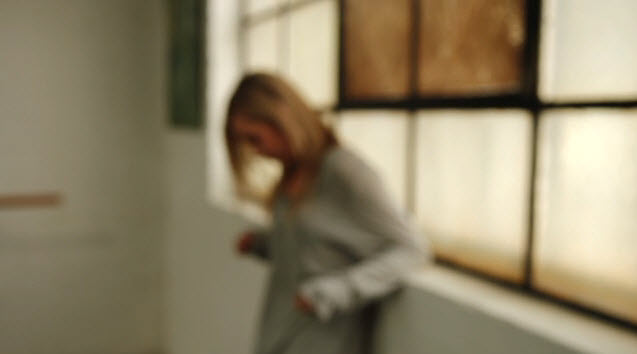
One of the reasons why many people want to jump back into class is that they're worried that their teacher thinks they're being slack by taking time out. However I've talked to a lot of teachers about this and the majority of them would much rather that you take some time out and assess what's going on rather than dancing through an injury.
3. Assess the damage
Next, you want to actually see what's going on and to determine the next step. If it's an ankle injury you might want to start by gently pointing and flexing the foot and sickling it in and out to see where it hurts and how much it hurts. The important thing here is to do this testing yourself, using your own muscles rather than having someone else do it for you. What you're trying to find out what structures are actually damaged and how badly.
If there is a fracture or a bony issue it will often be quite a deep sharp pain. If you feel this at all you must stop immediately and move onto immobilising and icing the area to prevent any more damage. If it's a ligament it will often be sore if you move it in a certain direction and it will also be sore when someone else guides it into the same position. If it's a muscle on the other hand then it will be sore when you do the movement but it won't be as sore if someone else guides it into that direction. Either way you want to work out how much pain there is. If there's a lot of pain you should immobilise it, however if its just a slight pain when you start doing these movements then you may try placing weight through the foot to see if there is an increase of pain with that.
4. R.I.C.E
R.I.C.E stands for rest, ice, compression and elevation. This is important in the initial stages to help reduce the swelling however do remember that swelling is natural process that is designed to flood the injured area with lots of white blood cells and fluid to heal the injury. The fluid and swelling is designed to immobilise the joint so that you don't re-injure it. You don't actually want to remove the swelling completely but if you have too much stagnant swelling this can interfere with your healing and treatment later on.
Rest - This is obvious, don't continue to walk around or dance on it if it's quite sore. You want to take time out from class.
Ice - It's very important that you apply ice correctly. A lot of people take one ice pack, pop it on and leave it there for a couple of hours and then forget about it after that. This is not what you need to do! Ideally get a fluid ice pack (e.g some ice cubes in a bag of water) that will mould around the joint rather than using a hard ice pack on one part of the area. You want to apply the ice between 10-20 min depending on the size of the area and the severity of the injury. Then you want to remove it for 20 mins before putting it back on. You want to have the ice on and off the area for the next 24-48 hours depending on the severity of the injury. This will allow new blood flow to keep coming into the area whilst preventing too much fluid from staying in the area.
Compression - You can apply some compression with a gentle bandage but make sure not to wind it up too tight. Keep an eye on your toes to make sure that they don't turn white or blue!
Elevation - It's not enough to pop your foot up on a bag. Your foot should be above your knee, which is above your hip to allow the fluid to come back down into your lymphatic system and reduce swelling.
5. Get professional advice
I cannot stress this enough! Even if you think you've just got a "normal" ankle injury, it is very important to make sure it is actually a simple ankle sprain and that you have got your treatment plan on track. There are a lot of things that can make a seemingly simple injury very complicated and slow to heal and it's much better to find those out in the beginning rather than several weeks down the track.
For example, with an ankle sprain, if you have a Syndesmodic injury (an injury to the ligament that helps hold the 2 bones of the lower leg together) this must be dealt with very early. Alternatively, some people pull a little chunk of bone off the bottom of the fibula (called an Avulsion Fracture), and again the earlier we know about it the better as the treatment for these are different to a normal ankle sprain.
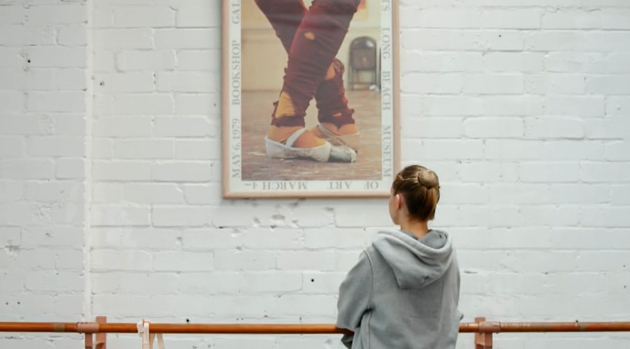
6. Listen to the advice!
The most important thing is to actually listen to the advice! Far too often people go to see a therapist but then go against what the therapist asks them to do and end up re-injuring themselves. If the therapist asks you to do something that you don't want to do or don't think is right, ask them more questions about it and clarify why it is that you should be doing that. If you really insist on pushing through with a major performance please tell them that you're going to do it so that they can at least tape you to prevent further damage rather than doing it behind their back!
Please be honest with your therapist as it is only then that they can help you the most!
Injury Resources
If you are looking to delve deeper into this topic, check out the following programs:
Will I Ever Dance Again: The “Will I Ever Dance Again?” program is perfect if you are unable to train at full capacity, whether this is due to a foot injury, surgery, an accident or illness outside of the studio. It helps you build back to full capacity gradually while maintaining strength, flexibility and control in the rest of the body.
Level One Dance Teacher and Therapist Training: This unique course covers a multitude of assessment and treatment techniques to individualise a dancer's training. With special focuses on Postural Control, Core Stability, Flexibility, Basic Classical Technique, The Dancers Hip, Allegro, Spinal Mobility and Arabesques, it is suitable for anyone working closely with dancers.



